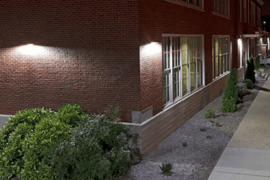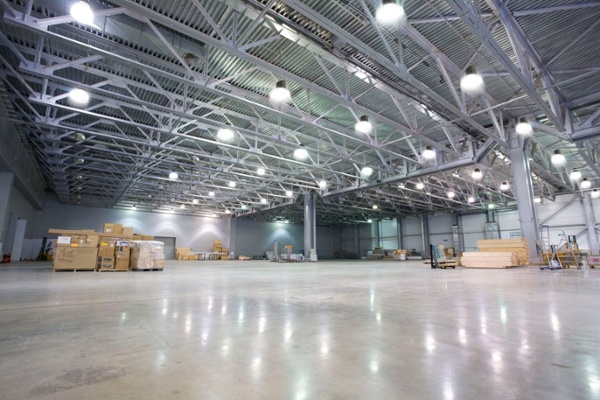11/15/2017
What is a Wall Pack Light? Everything You Need to Know
LED Retrofit,
Wall Pack Lighting,
LED Lighting,
Government/Municipal Lighting,
Retail Lighting,
Commercial Lighting,
Lighting Education,
Medical Facility Lighting,
School and University Lighting,
Industrial Lighting,
Outdoor Lighting,
Area Lighting,
Hospitality Lighting,
Hazardous Location Lighting



